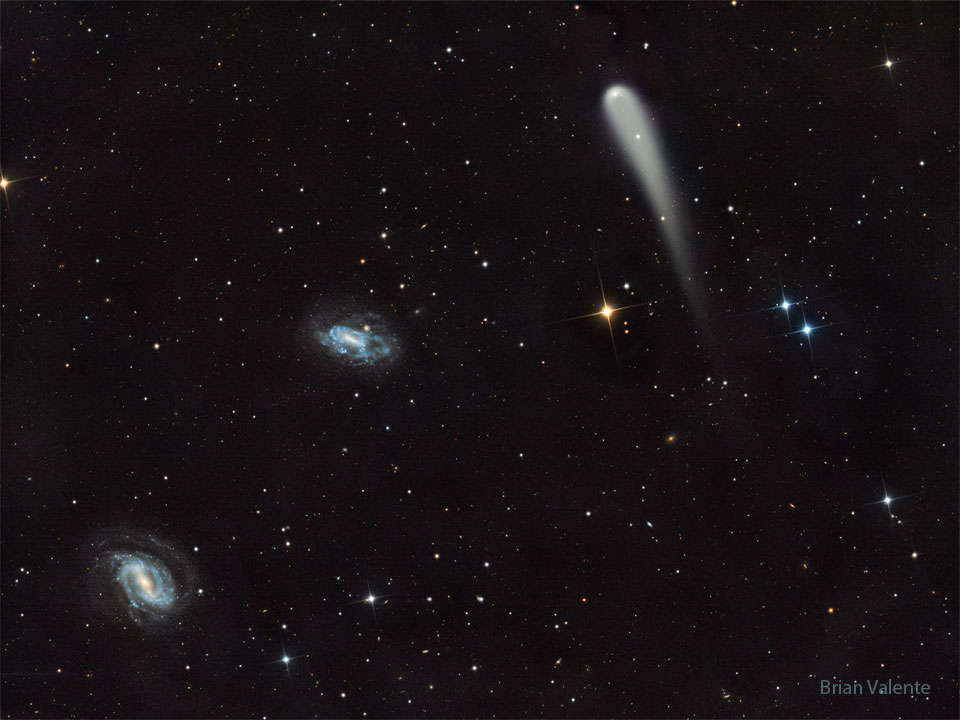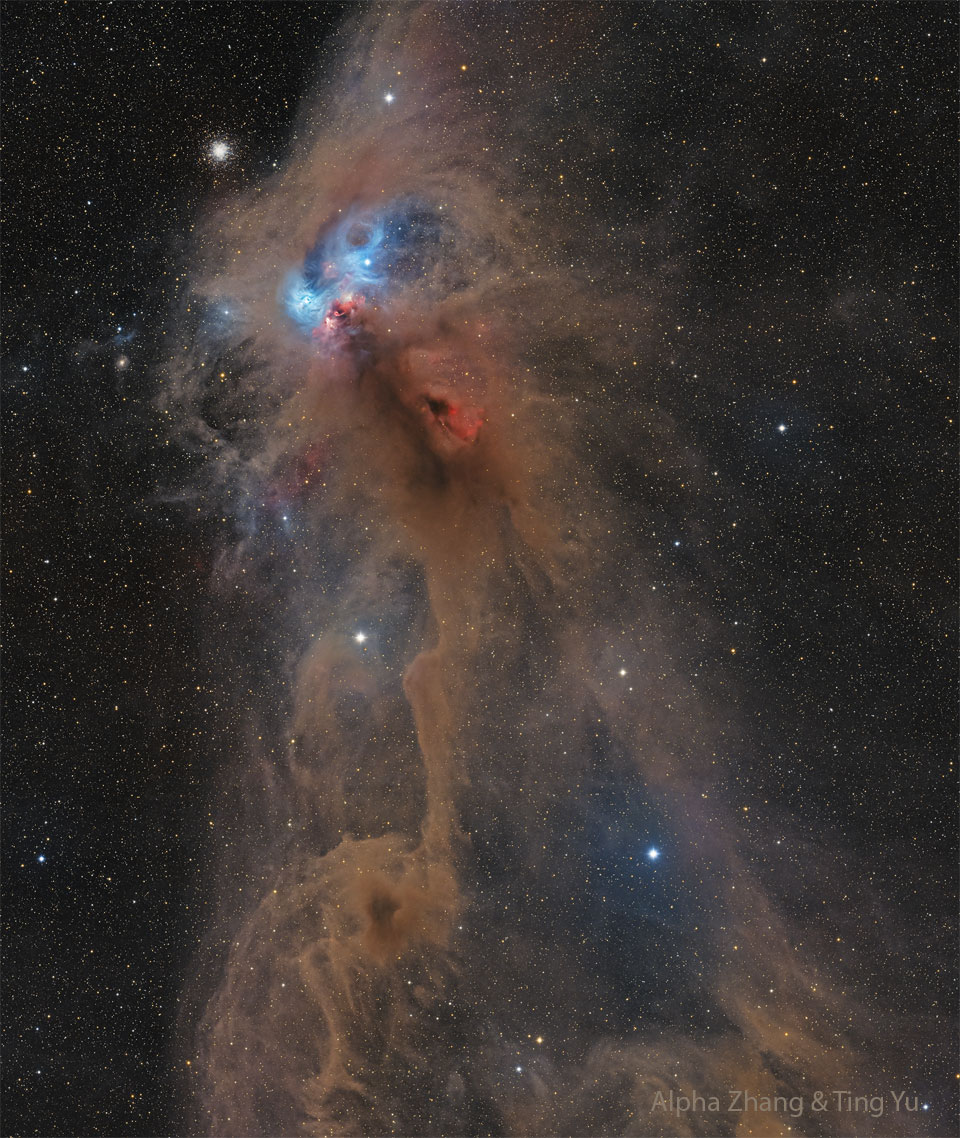Blog
We know that it’s a four count. Sometimes we can count it in 8’s, but *really* it’s in 4’s. So, it starts on 1 and ends on 3 for the strong ending. I hear it as starting on 2 ending on 4 with a silent one.
1-2-3-4-1-2-3-4-
1-2-3-4-1-2-3
But what *is* a compás of Tangos? Is it one count of 4, two counts of 4, two counts of 8???? I remember being at a workshop with Concha Jareño and she asked the musicians what they thought. All had different answers!!! However, I will say this, I think of one compás as two counts of 4, but a whole measure as 4 counts of 4. Listen to the music enough and you’ll hear it, plus a bunch of variables!!
When danced in tablao, generally, a Tangos dance will be danced one dancer at a time and have the simple format of letra, escobilla, estribillo for each one.
So, an entire Tangos set with multiple dancers might like look like this:
- Falseta (guitar solo)
- Entrada (ay, ay, ay)
- Singer sings a few letras
- Dancer goes out and does llamada and dances a letra, maybe a falseta and maybe short escobilla
- Dancer leaves with estribillo (ending chorus)
- Next dancer, etc
- Perhaps the guitarist plays a falseta in between
- Last dancer calls other dancer to join for the final, which is usually a subida that ends in a llamada on stage.
What I’ve described is what is typical in an American tablao so there are variations- more falsetas, no escobillas, etc.
more...This stunning new mosaic of images from the NASA/ESA/CSA James Webb Space Telescope showcases the nearby star-forming cluster, NGC 1333. The nebula is in the Perseus molecular cloud, and located approximately 960 light-years away. Webb’s superb sensitivity allows astronomers to investigate young objects with extremely low masses. Some of the faintest ‘stars’ in the picture are in fact newly born free-floating brown dwarfs with masses comparable to those of giant planets. The same cluster was featured as the 33rd anniversary image of the NASA/ESA Hubble Space Telescope in April of 2023. Hubble’s image just scratched the surface of this region, because clouds of dust obscure much of the star formation process. Observing with larger aperture and in the infrared part of the spectrum, Webb is capable of peering through the dusty veil to reveal newborn stars, brown dwarfs and planetary mass objects. The centre of the image presents a deep peek into the heart of the NGC1333 cloud. Across the image we see large patches of orange, which represent gas glowing in the infrared. These so-called Herbig-Haro objects form when ionised material ejected from young stars collides with the surrounding cloud. They are hallmarks of a very active site of star formation. Many of the young stars in this image are surrounded by disks of gas and dust, which may eventually produce planetary systems. On the right hand side in the image, we can glimpse the shadow of one of these disks oriented edge-on – two dark cones emanating on opposite sides, seen against a bright background. Similar to the young stars in this mosaic, our own Sun and planets formed inside a dusty molecular cloud, 4.6 billion years ago. Our Sun didn’t form in isolation but as part of a cluster, which was perhaps even more massive than NGC 1333. The cluster in the mosaic, only 1-3 million years old, presents us with an opportunity to study stars like our Sun, as well as brown dwarfs and free-floating planets, in their nascent stages. The images were captured as part of the Webb observation programme 1202 (PI: A. Scholz) to survey a large portion of NGC1333. These data constitute the first deep spectroscopic survey of the young cluster, and have identified brown dwarfs down to planetary masses using the observatory’s Near-InfraRed Imager and Slitless Spectrograph (NIRISS). The first results from this survey have been accepted for publication in the Astronomical Journal. [Image Description: Several images of parts of a nebula in space have been aligned to form a single large image of the nebula. It depicts clouds of gas and dust in blue and orange colours as well as brightly shining stars in various sizes. Around the edge there are some black rectangles where there was no image of that region of space.] Links Science paper NGC 1333 (cropped) Pan video: NGC 1333

Victor Edward Jurusz Jr. (September 26, 1953 – December 31, 2019), known professionally as Vic Juris, was an American jazz guitarist.
Juris was born in Jersey City, New Jersey, but he moved with his family to Parsippanyearly in his life. In 1963, at the age of 10, he began learning guitar. At 11, he studied guitar at the home of his teacher, Ed Berg, and got interested in jazz listening to Berg’s records of guitarists Django Reinhardt, Jim Hall, Barney Kessel, Jimmy Raney, and Johnny Smith. In his teens he played the rock music of the 1960s. When he was 19, he met blind saxophonist Eric Kloss and they became friends. He made his first recording on Kloss’s album Bodies’ Warmth (Muse, 1975). Around the same time, he met guitarist Pat Martino, who became a friend and mentor.
Juris recorded with Richie Cole during 1976–78 and released his debut album as a leader, Roadsong, in 1979. In the early 1980s, he turned to acoustic guitar in duos with Larry Coryell and Biréli Lagrène, and in the late 1980s he worked with Gary Peacock‘s band. Since 1991 he has spent much of his career with saxophonist David Liebman.
During the 1990s, he worked as sideman with Lee Konitz and Peggy Stern (1992), Benny Waters (1993), Jeanie Bryson (1993–94), Gary Peacock (since 1994), Steve LaSpina (since 1995), Judi Silvano (1996), Ken Serio (1996, 2007, 2019) and Joe Locke (1998).
Juris taught at The New School for Jazz and Contemporary Music, Lehigh University, and Rutgers University and wrote instructional books for guitar.
more...Gary Bartz (born September 26, 1940, in Baltimore) is an American jazz saxophonist.He has won two Grammy Awards. Bartz was first exposed to jazz as the son of the owners of a jazz nightclub in Baltimore. In 1958 he left Baltimore to study at the Juilliard School. In the early 1960s, he performed with Eric Dolphy and McCoy Tyner in Charles Mingus‘ Jazz Workshop. He worked as a sideman with Max Roach and Abbey Lincoln before joining Art Blakey and the Jazz Messengers. In 1968, he was a member of McCoy Tyner‘s band, Expansions.
In mid-1970, he joined Miles Davis‘ band,performing live at the Isle Of Wight festival in August; and at a series of December dates at The Cellar Door club in Washington, D.C. Portions of these shows were initially released on the 1971 Live-Evil album, with the entire six performance/four night run eventually released in full on the 2005 Cellar Door Sessions box set. He later formed the band Ntu Troop, which combined jazz, funk, and soul.
more...George Gershwin (born Jacob Gershwine; September 26, 1898 – July 11, 1937) was an American composer and pianist whose compositions spanned popular, jazz and classical genres. Among his best-known works are the orchestral compositions Rhapsody in Blue (1924) and An American in Paris (1928), the songs “Swanee” (1919) and “Fascinating Rhythm” (1924), the jazz standards “Embraceable You” (1928) and “I Got Rhythm” (1930), and the opera Porgy and Bess (1935), which included the hit “Summertime“.
Gershwin studied piano under Charles Hambitzer and composition with Rubin Goldmark, Henry Cowell, and Joseph Brody. He began his career as a song plugger but soon started composing Broadway theater works with his brother Ira Gershwin and with Buddy DeSylva. He moved to Paris, intending to study with Nadia Boulanger, but she refused him, afraid that rigorous classical study would ruin his jazz-influenced style; Maurice Ravel voiced similar objections when Gershwin inquired about studying with him. He subsequently composed An American in Paris, returned to New York City and wrote Porgy and Bess with Ira and DuBose Heyward. Initially a commercial failure, it came to be considered one of the most important American operas of the 20th century and an American cultural classic.
Gershwin moved to Hollywood and composed numerous film scores. He died in 1937, only 38 years old, of a brain tumor. His compositions have been adapted for use in film and television, with many becoming jazz standards.
more...
Rossiere “Shadow” Wilson (September 25, 1919 – July 11, 1959) was an American jazz drummer.
Much of Wilson’s early work was with swing jazz orchestras. He played with Frankie Fairfax’s Campus Club Orchestra in 1936, with Lucky Millinder in 1939, and following this, with Benny Carter, Tiny Bradshaw, Lionel Hampton, Earl Hines, Count Basie, and Woody Herman. Later in his career, he played with Illinois Jacquet, Erroll Garner, Thelonious Monk, Ella Fitzgerald, Joe Newman, Lee Konitz, Sonny Stitt, Phil Woods, Gene Quill, and Tadd Dameron. The drummer was known to sit in at the famed Minton’s Playhouse. His nickname came from “his beautiful light touch with brushes,” in the words of bassist Peter Ind. Wilson died of meningitis in July 1959. He never recorded as a leader.
more...Comet C/2023 A3 (Tsuchinshan–ATLAS) briefly becoming easily visible to the unaided eye — although the future brightness of comets are notoriously hard to predict, and this comet may even break up in warming sunlight. What is certain is that the comet is now unexpectedly bright and is on track to pass its closest to the Sun (0.39 AU) later this week and closest to the Earth (0.47 AU) early next month. The featured image was taken in late May as Comet Tsuchinshan–ATLAS, discovered only last year, passed nearly in front of two distant galaxies. The comet can now be found with binoculars in the early morning sky rising just before the Sun, while over the next few weeks it will brighten as it moves to the early evening sky.

Erik Darling (September 25, 1933 – August 3, 2008 Baltimore, MD) was an American singer-songwriter and a folk music artist. He was an important influence on the folk scene in the late 1950s and early 1960s.
more...Roosevelt Melvin “Booba” Barnes (September 25, 1936 – April 2, 1996) was an American Delta blues guitar player and vocalist. One commentator noted that Barnes, R. L. Burnside, Big Jack Johnson, Paul “Wine” Jones and James “Super Chikan” Johnson were “present-day exponents of an edgier, electrified version of the raw, uncut Delta blues sound.”
Born in Longwood, Washington County, Mississippi, United States, Barnes got his start in 1960 as a member of the Swinging Gold Coasters, a local Mississippi blues outfit. He relocated to Chicago in 1964, where he played in bars and clubs, but returned to Mississippi in 1971 and continued to perform locally into the early 1980s. In 1984, Barnes hooked up with Lil’ Dave Thompson when the latter was aged 15, and the duo played on Mississippi’s juke joint circuit. Barnes opened a nightclub, the Playboy Club, in 1985, and played there with a backing group called the Playboys; they became regional blues favorites, and eventually signed to Rooster Blues, who released Barnes’s debut effort in 1990.
more...Dmitri Dmitriyevich Shostakovich (25 September [O.S. 12 September] 1906 – 9 August 1975) was a Soviet-era Russian composer and pianist who became internationally known after the premiere of his First Symphony in 1926 and thereafter was regarded as a major composer.
Shostakovich achieved early fame in the Soviet Union, but had a complex relationship with its government. His 1934 opera Lady Macbeth of Mtsensk was initially a success but later condemned by the Soviet government, putting his career at risk. In 1948 his work was denounced under the Zhdanov Doctrine, with professional consequences lasting several years. Even after his censure was rescinded in 1956, performances of his music were occasionally subject to state interventions, as with his Thirteenth Symphony (1962). Nevertheless, Shostakovich was a member of the Supreme Soviet of the RSFSR (1947) and the Supreme Soviet of the Soviet Union (from 1962 until his death), as well as chairman of the RSFSR Union of Composers (1960–1968). Over the course of his career, he earned several important awards, including the Order of Lenin, from the Soviet government.
Shostakovich combined a variety of different musical techniques in his works. His music is characterized by sharp contrasts, elements of the grotesque, and ambivalent tonality; he was also heavily influenced by neoclassicism and by the late Romanticism of Gustav Mahler. His orchestral works include 15 symphonies and six concerti (two each for piano, violin, and cello). His chamber works include 15 string quartets, a piano quintet, and two piano trios. His solo piano works include two sonatas, an early set of 24 preludes, and a later set of 24 preludes and fugues. Stage works include three completed operas and three ballets. Shostakovich also wrote several song cycles, and a substantial quantity of music for theatre and film.
Shostakovich’s reputation has continued to grow after his death. Scholarly interest has increased significantly since the late 20th century, including considerable debate about the relationship between his music and his attitudes toward the Soviet government.
more...Samuel Carthorne Rivers (September 25, 1923 – December 26, 2011 El Reno, OK) was an American jazz musician and composer. Though most famously a tenor saxophonist, he also performed on soprano saxophone, bass clarinet, flute, harmonica, piano and viola.
Active in jazz since the early 1950s, he earned wider attention during the mid-1960s spread of free jazz. With a thorough command of music theory, orchestration and composition, Rivers was an influential and prominent artist in jazz music.
more...The Labriola National American Indian Data Center is an Indigenous-led library center where students and community members can celebrate and critically engage with American Indian and Indigenous scholarly works and creative writing. Its staff provides culturally relevant information and research support, and the center is a culturally safe learning space for Indigenous library users.

This dusty region is forming stars. Part of a sprawling molecular cloud complex that resembles, to some, a rampaging baboon, the region is a relatively close by 500 light-years away toward the constellation Corona Australis. That’s about one third the distance of the more famous stellar nursery known as the Orion Nebula. Mixed with bright nebulosities, the brown dust clouds effectively block light from more distant background stars in the Milky Way and obscure from view embedded stars still in the process of formation. The eyes of the dust creature in the featured image are actually blue reflection nebulas cataloged as NGC 6726, 6727, 6729, and IC 4812, while the red mouth glows with light emitted by hydrogen gas. Just to the upper left of the baboon’s head is NGC 6723, a whole globular cluster of stars nearly 30,000 light years in the distance.

More Posts
- Carlos Patato Valdés
- World Fuses AGA Khan Master Musicians
- Daily Roots One Blood
- Comos NGC 300
- Mable John
- Joe McPhee
- Henry Grimes
- Flamenco Fridays Sabicas
- Daily Roots Black Harmony
- Happy All Souls Day 2023
- Cosmos Fornax Cluster
- Keith Emerson
- Phil Woods
- World Music Kayhan Kalhor & Navid Afghah
- Daily Roots Blood Sisters
- Happy All Saints Day 2023
- Feliz Dios de los Muertos 2023
- Cosmos NGC 7635
- Ric Grech
- John Santos
